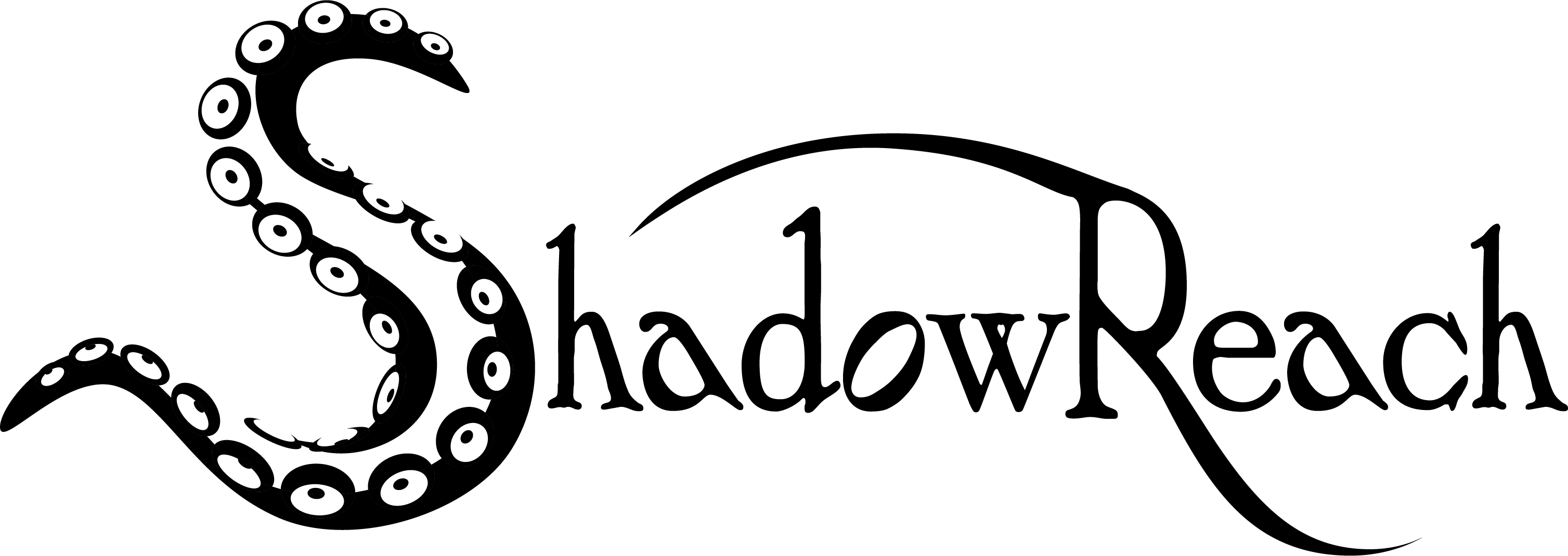As we celebrate Halloween this year, designs everywhere are trying to jump on the creepy bandwagon. But what typefaces actually look scary? If you’re designing with custom lettering, what can you do to make a font scary?
Typefaces have meaning tied into the history and usage of the type itself. If you want your design to look classic and sophisticated, you’d do well to choose a stately transitional serif such as Baskerville, or the very similar but slightly darker Old Style Roman such as Caslon or Garamond. Or, if you want something to look like it belongs in the world of high fashion, you’re best to go with a modern Roman (and if you want the skinny on why that is, be sure to check out my video on fashionable fonts).
But, what makes a typeface feel…spooky?
Every branding or rebranding initiative should begin with a selection of a typeface. I would argue that this is more important than choosing the brand’s colors, but, of course, oftentimes the colors and the fonts are chosen together rather organically.
Finding the perfect “spooky” font, however, can be quite a challenge if you don’t want something that looks campy or overused. How can you find a font that looks truly bone-chilling?
Fonts currently being used in marketing materials for scary or Halloween-related products usually do one of the following:
- drip with some sort of liquid
- reference Blackletter
- reference a broken typewriter
- look like the handwriting of a deranged child
A font that drips blood or goo is automatically scary…and cheesy

These “drippy” fonts certainly have their place, with their retro, 1950s horror movie aesthetic, but they also possess a deliberate childishness and naïvete. In other words, they are great for your car insurance Halloween-themed ad, but they have no place in entertainment that wants to be truly scary.

Blackletter typeface

Blackletter is always a classic go-to for horror fonts. There are entire books written on this particular type category, but let’s sum up why the beautiful blackletter is often associated with scary things in a few bullet points:
- Blackletter is old. Older than “Roman” type—the way most of our fonts look today. It is based on calligraphy from the middle ages, and it has strong ties to German national identity (there are very long and complicated reasons for that). So, if this font brings to mind haunted forests, witches, and lore, remember this is the same font used by The Brothers Grimm as they recounted the fairy tales set in Germany’s famous Schwarzwald (such as Hansel and Gretel and Little Red Riding Hood).
- Blackletter has been adopted by many heavy metal bands. There’s this fabulous article on Vice.com that goes into the history of why. Where I grew up, schoolchildren were not allowed to listen to these bands because we would be corrupted by the music’s sinister themes.
- For some unknown reason Blackletter is associated with Gothic themes and Victorian times (again, the old factor). I’d challenge anyone to actually find an English Victorian horror novel or poster set in Blackletter. Yes, there was a revival of this font in England by the Arts and Crafts movement, but that was reactionary to the machine-made fonts of the Industrial Revolution and had nothing to do with scary stories. But I digress. The association is there, whether it makes sense or not.
“Typewriter” fonts
The broken typewriter font has strong associations with horror and scary stuff probably because, well, it conjures images of things that are old. Both the broken typewriter and the ghost residing in your grandmother’s attic are old, so there you go.
A great example of the old typewriter font used for horror comes from The Omen (the original, of course).
Handwritten fonts
There is a long history of the handwritten font used for horror entertainment. For instance, the original marketing for Pet Sematary and Friday the 13th, to give some easy examples, use handwritten fonts.
Most of the time, handwritten titles in horror are constructed from all caps. A notable example is the writing for Lights Out, which is all lowercase.
So, what makes hand lettering—which is not all-caps, nor drippy, nor sliced through the wall with a knife—look creepy?
First of all, the writing needs to look like it is done in haste, with a “gritty” brush. Uneven strokes and an uneven baseline help tremendously. Keep the kerning tight between your letters.
Why is this type of font scary? A handwritten font, if done correctly, can conjure images of a deranged killer, an unstable monster, or associations with the darker parts of childhood. Misspelled words and backward letters contribute to the look. If done correctly, this style of type can be scarier than any of the other examples listed above.
What’s your favorite scary font?
How have you used typography in your scary marketing initiatives? Or have you created your own spooky font? We at ShadowReach have a strong affinity for detecting what makes a font scary, and using them to create a mood for each company we work with. Whether on your


